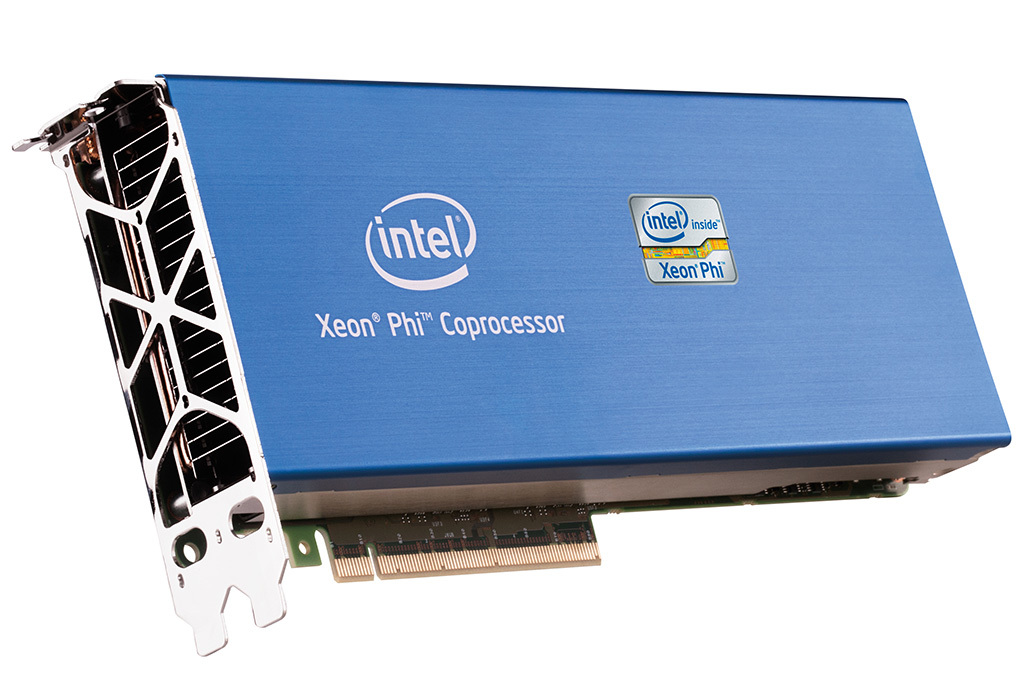The master-degree candidate is expected to carry out research on three particular subjects:
- Manual and automated vectorization techniques that can unleash Xeon Phi's 512-bit SIMD capability per hardware thread
- Effective design and traversal of data structures, in connection with using all of Xeon Phi's around 60 cores
- The simultaneous use of both Xeon Phis and multi-core CPUs to enable heterogeneous computing
As an experimental testbed for the intended implementation innovations, a monodomain simulator of the heart will be ported to the Xeon Phi architecture. The underlying numerical method consists of cell-centered finite volume discretization on 3D unstructured tetrahedral meshes that represent the realistic geometries in a heart.
The learning outcomes include cutting-knowledge of scientific computing with a special focus on heart simulation, hands-on experience with programming of the modern Xeon Phi coprocessors, as well as expertise on heterogeneous supercomputing.
